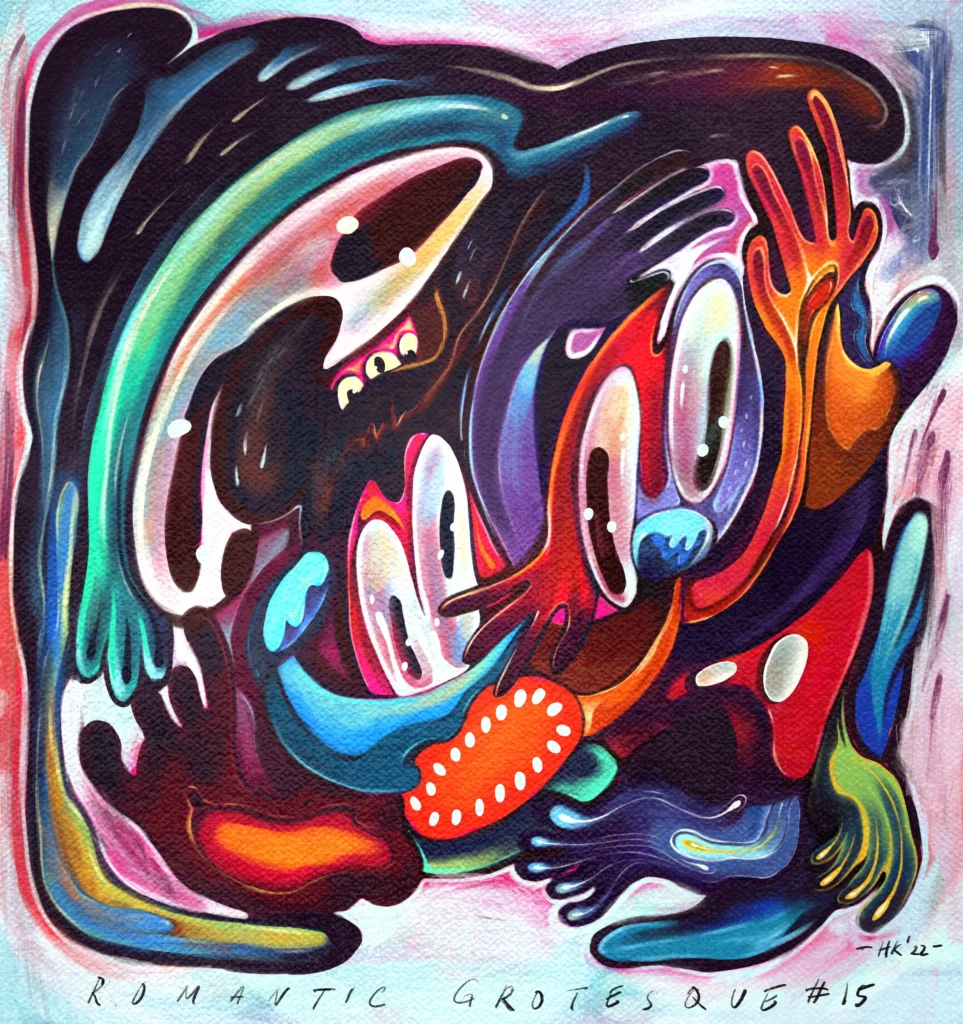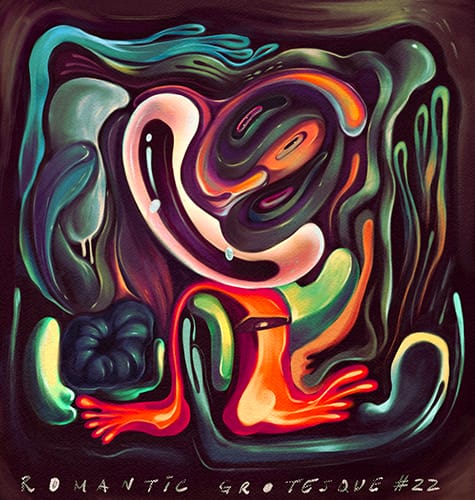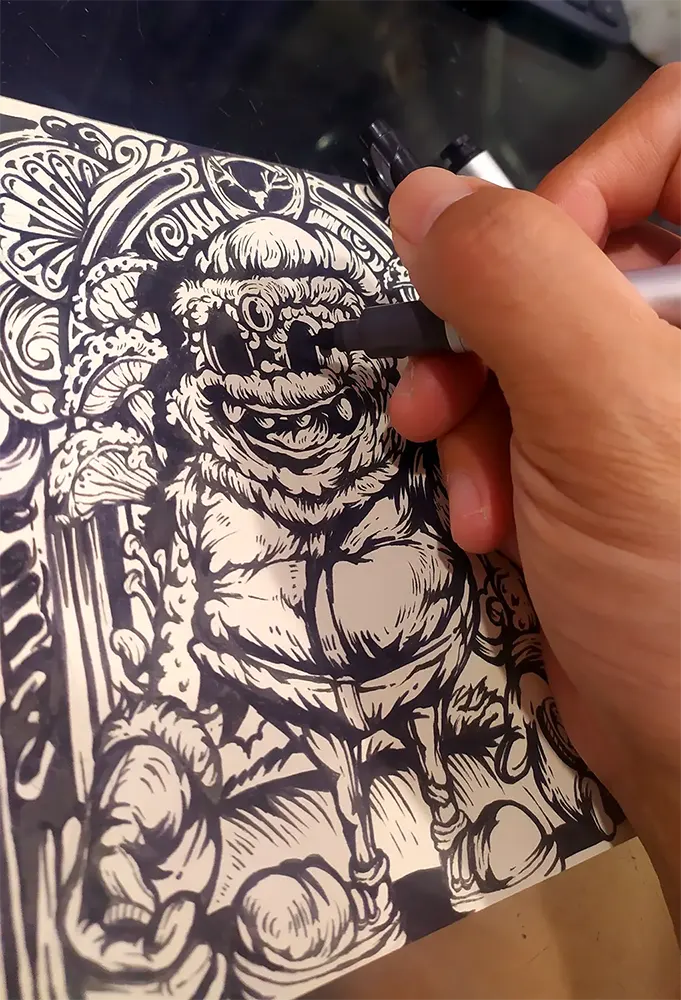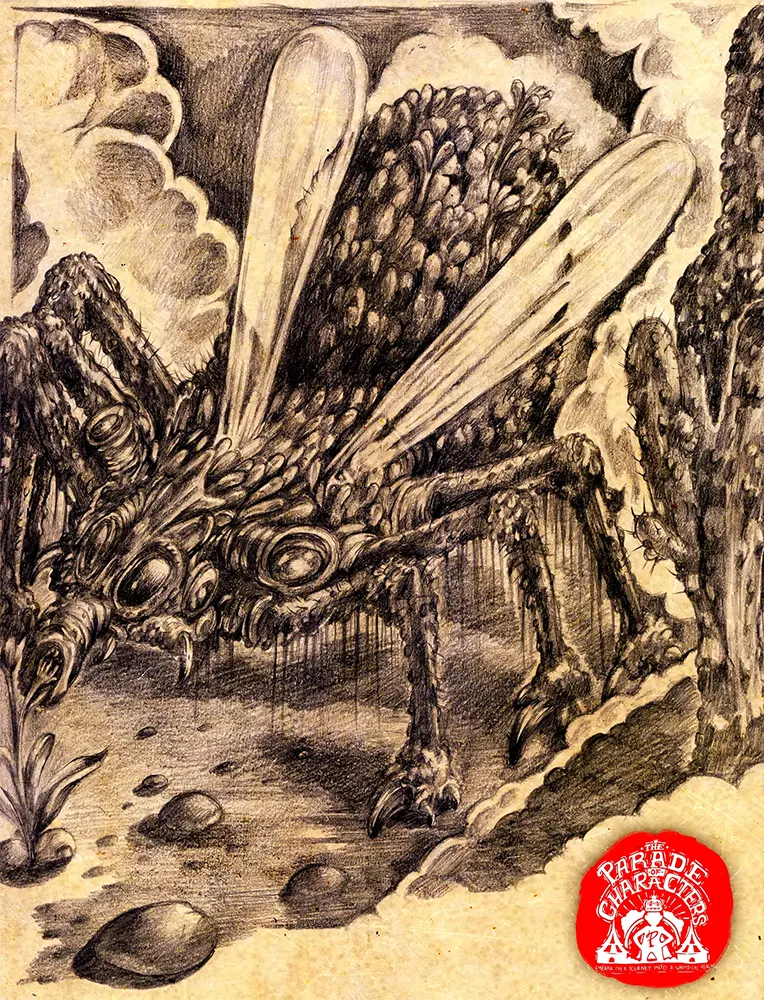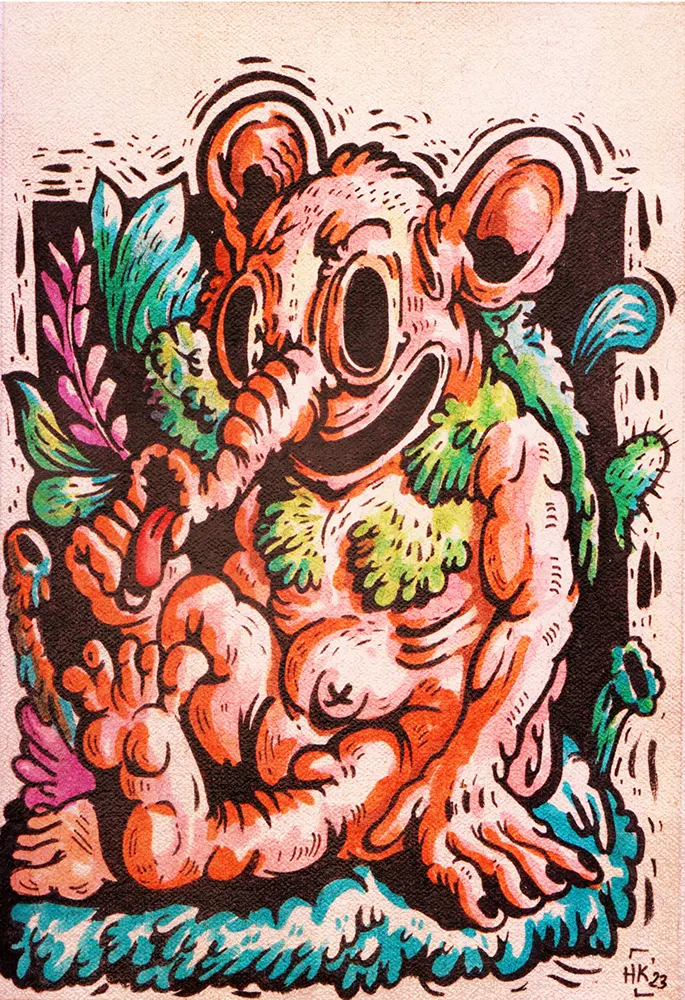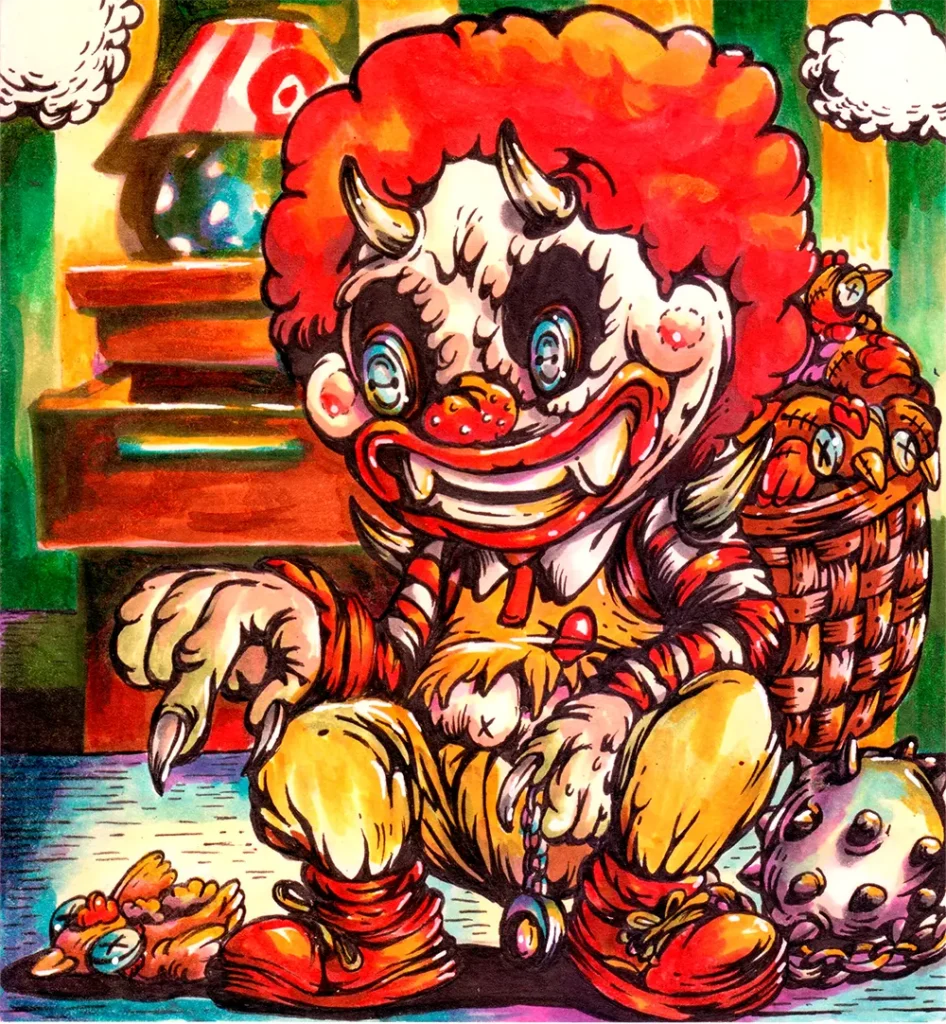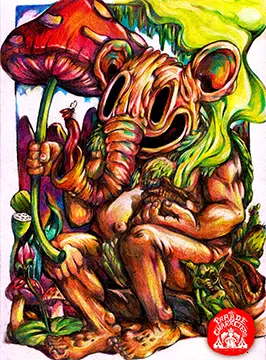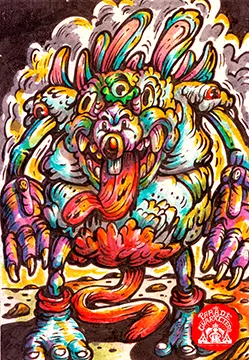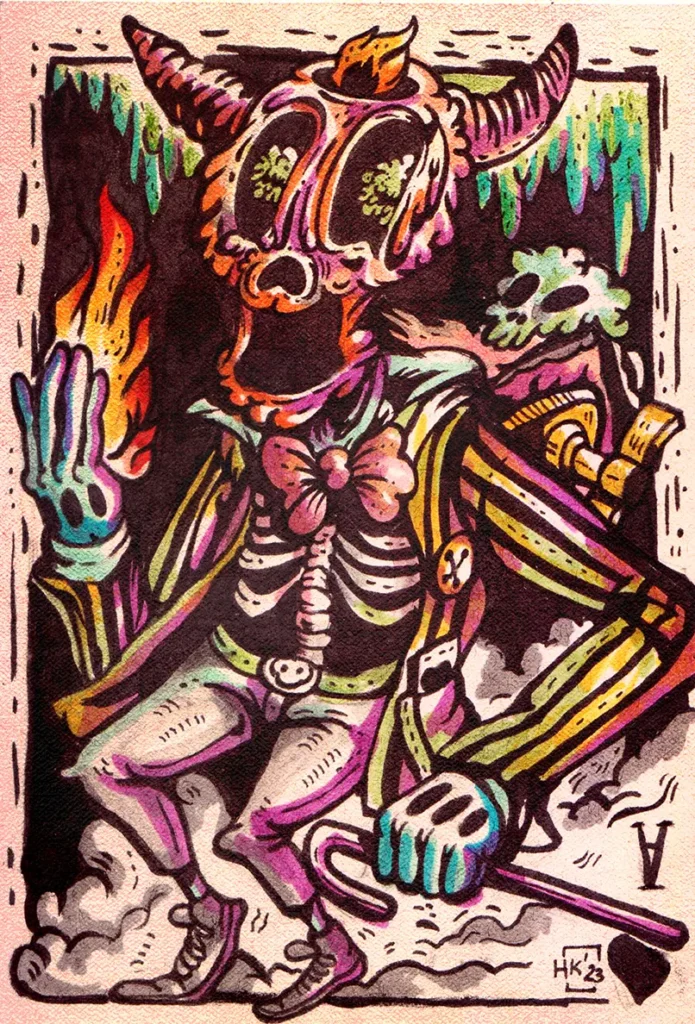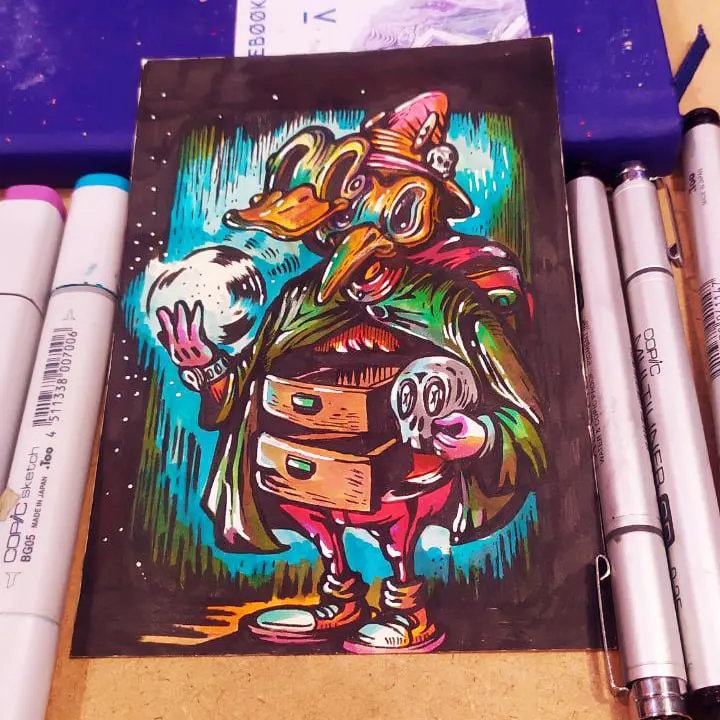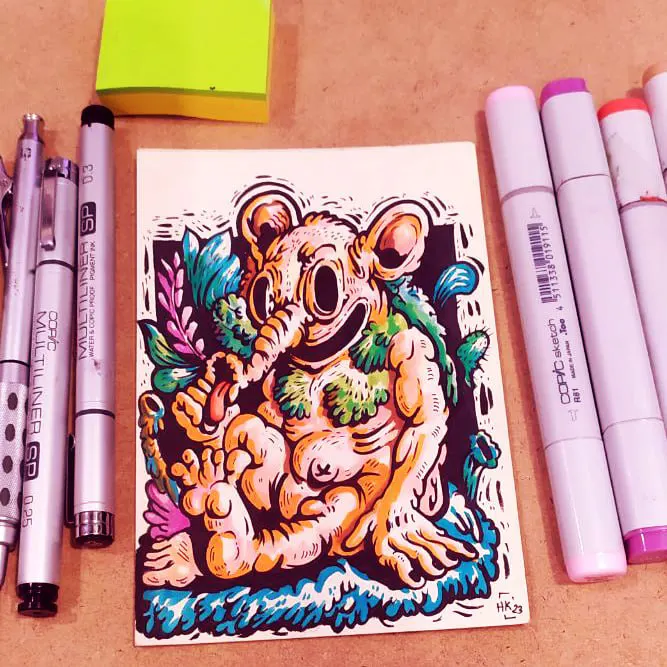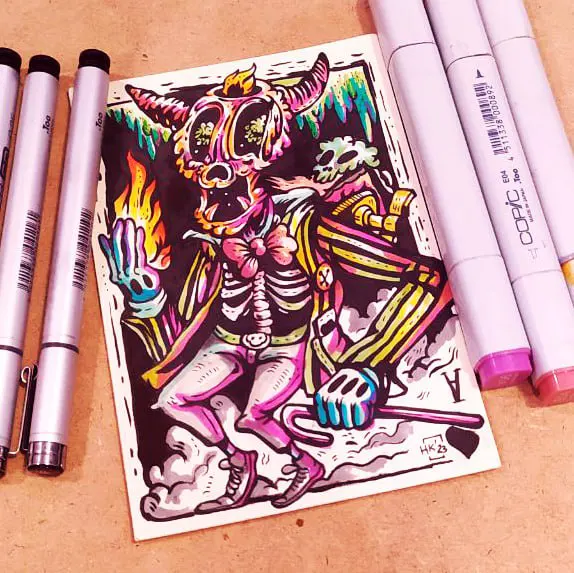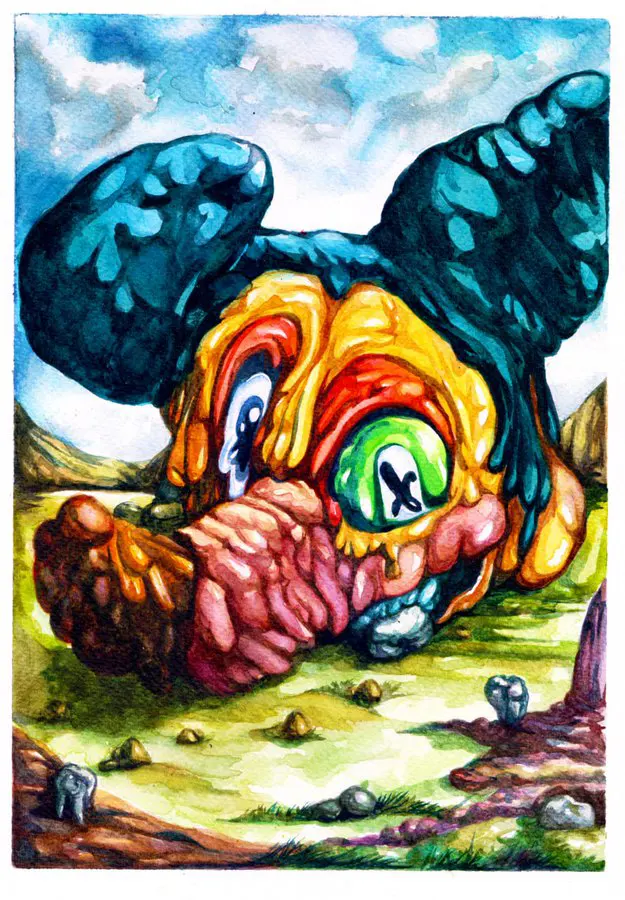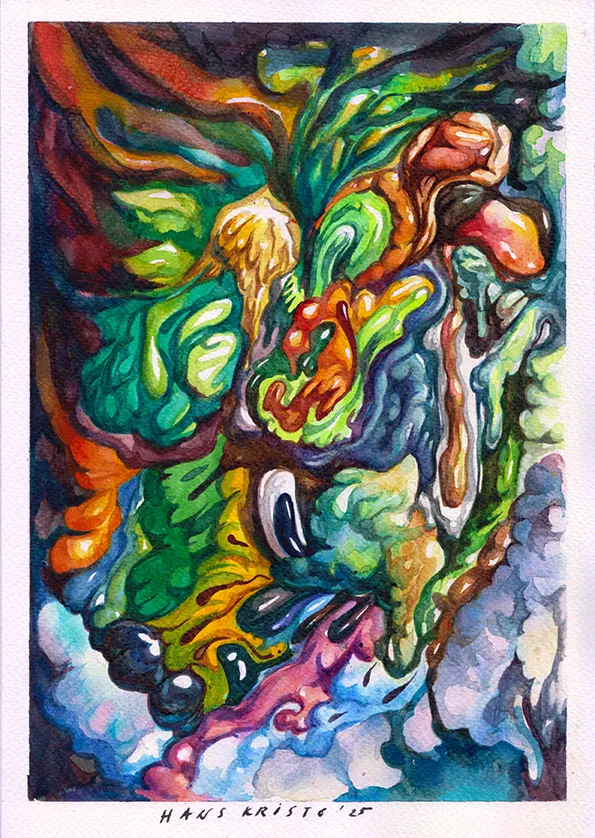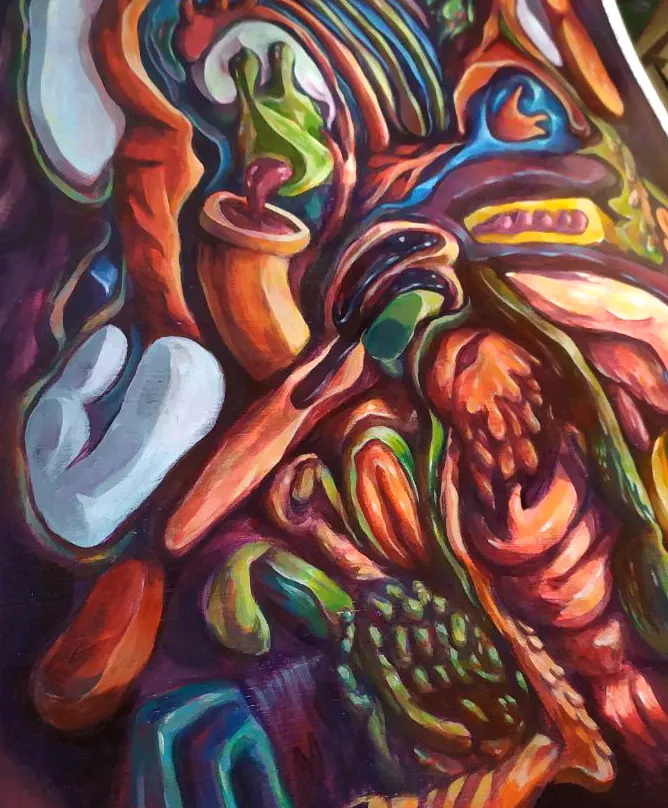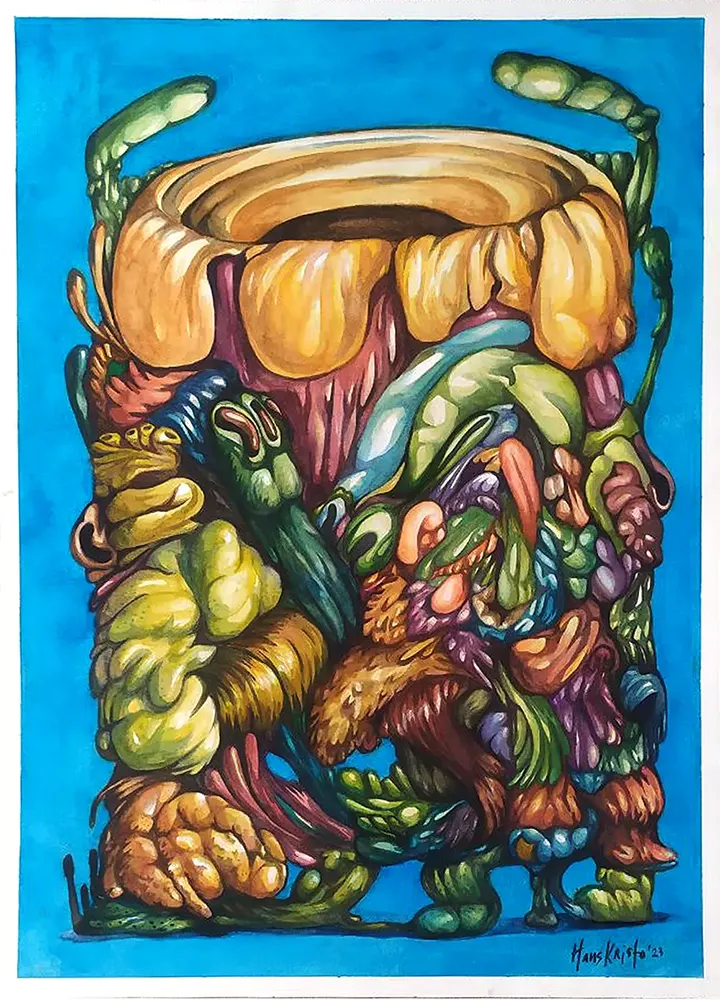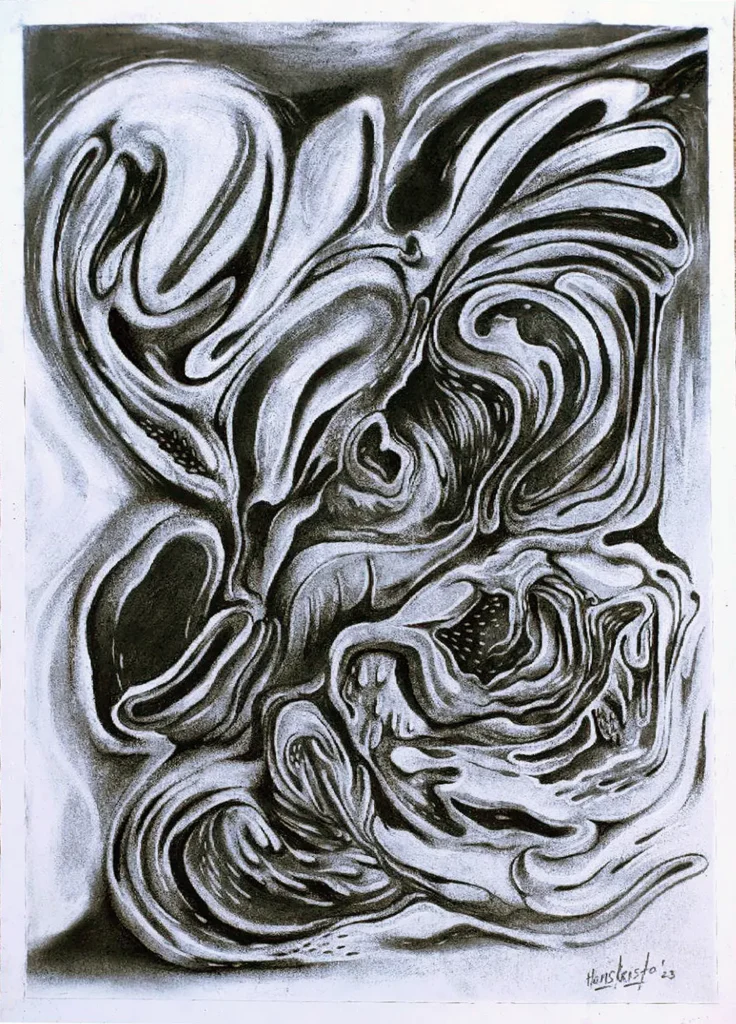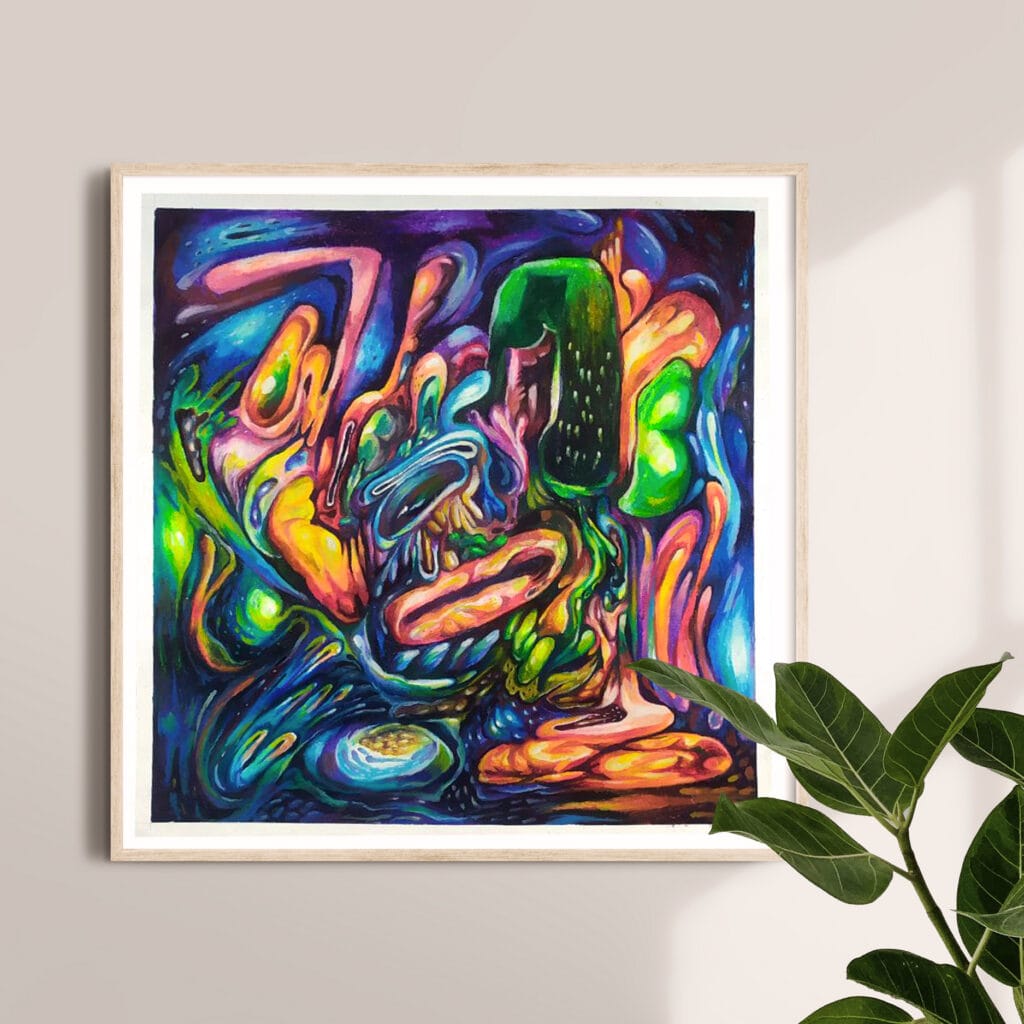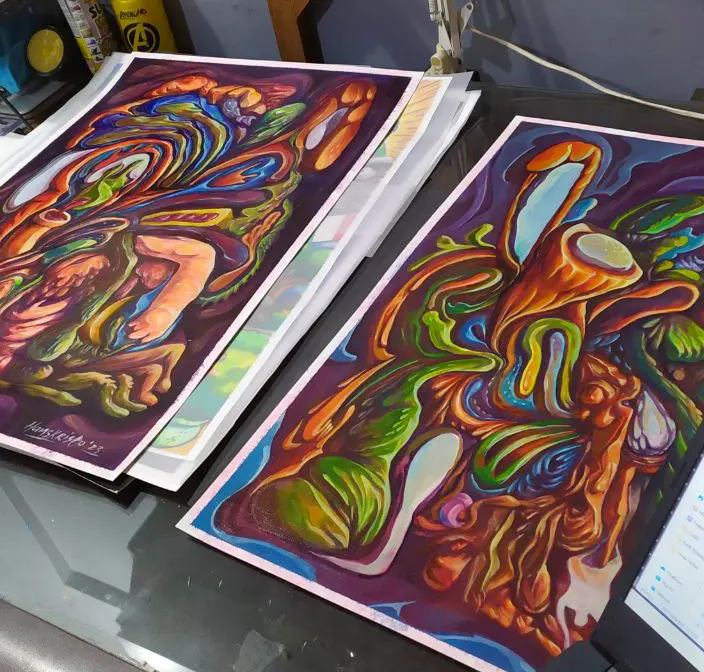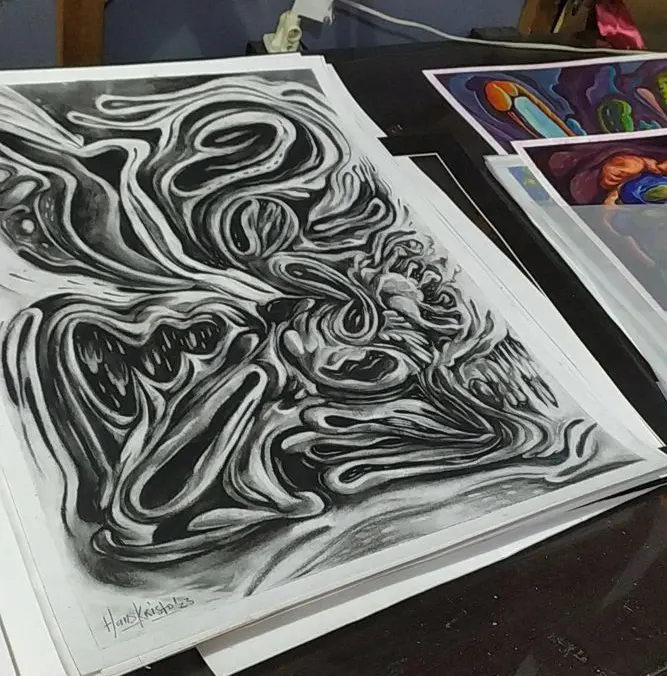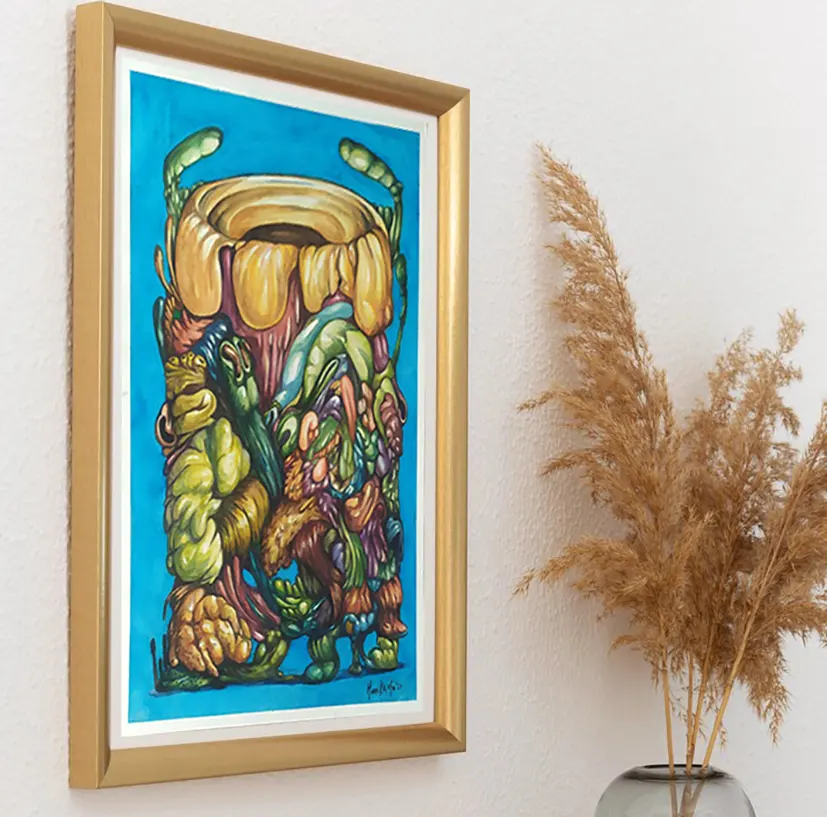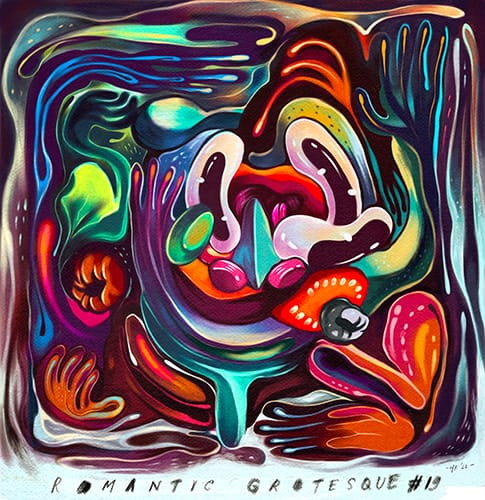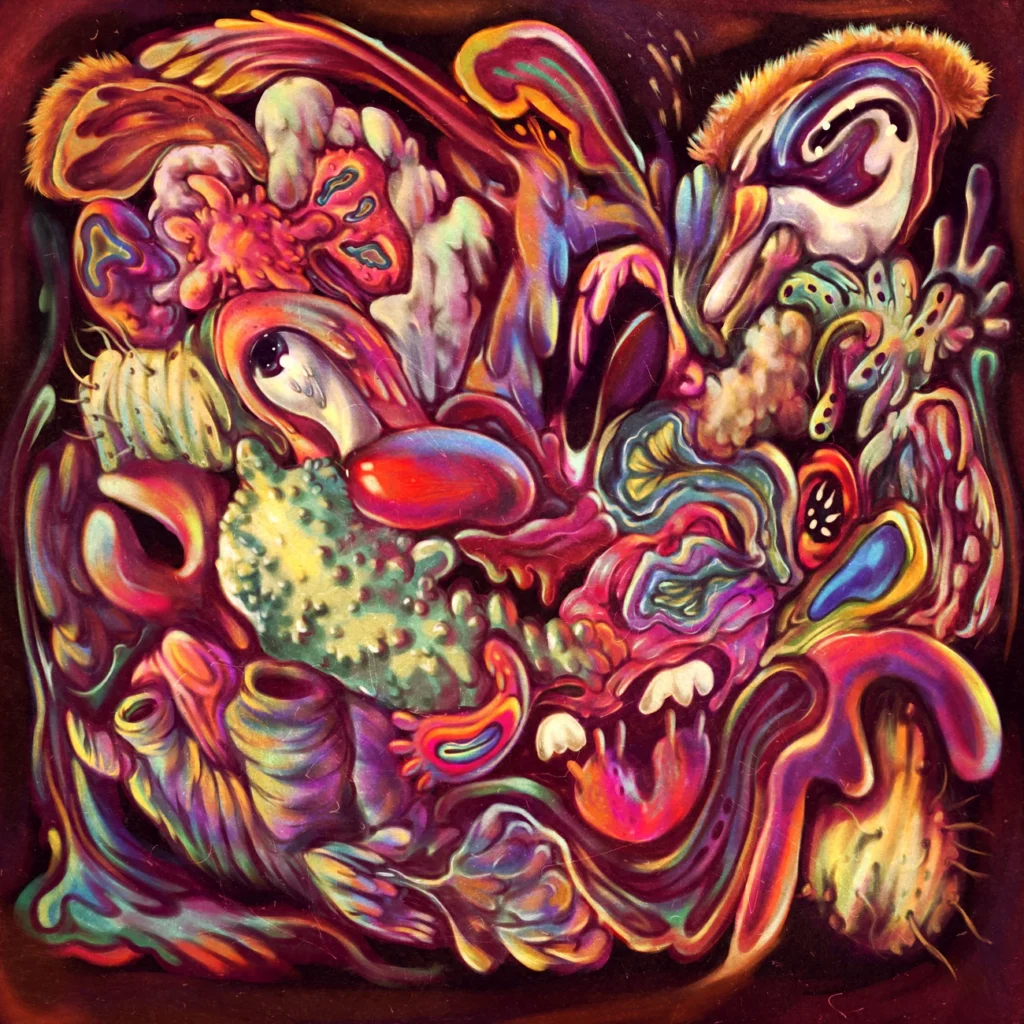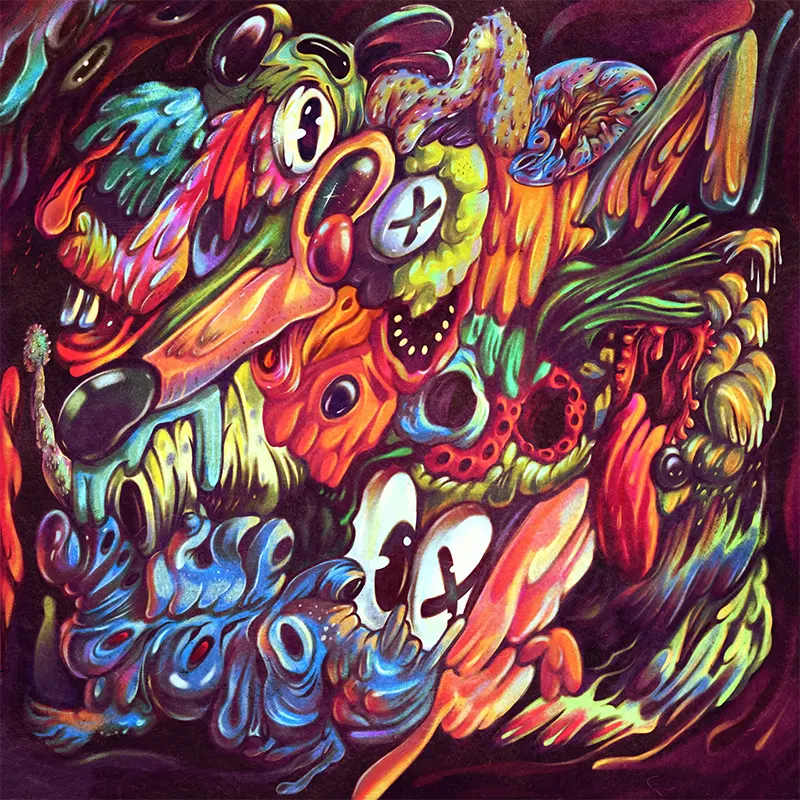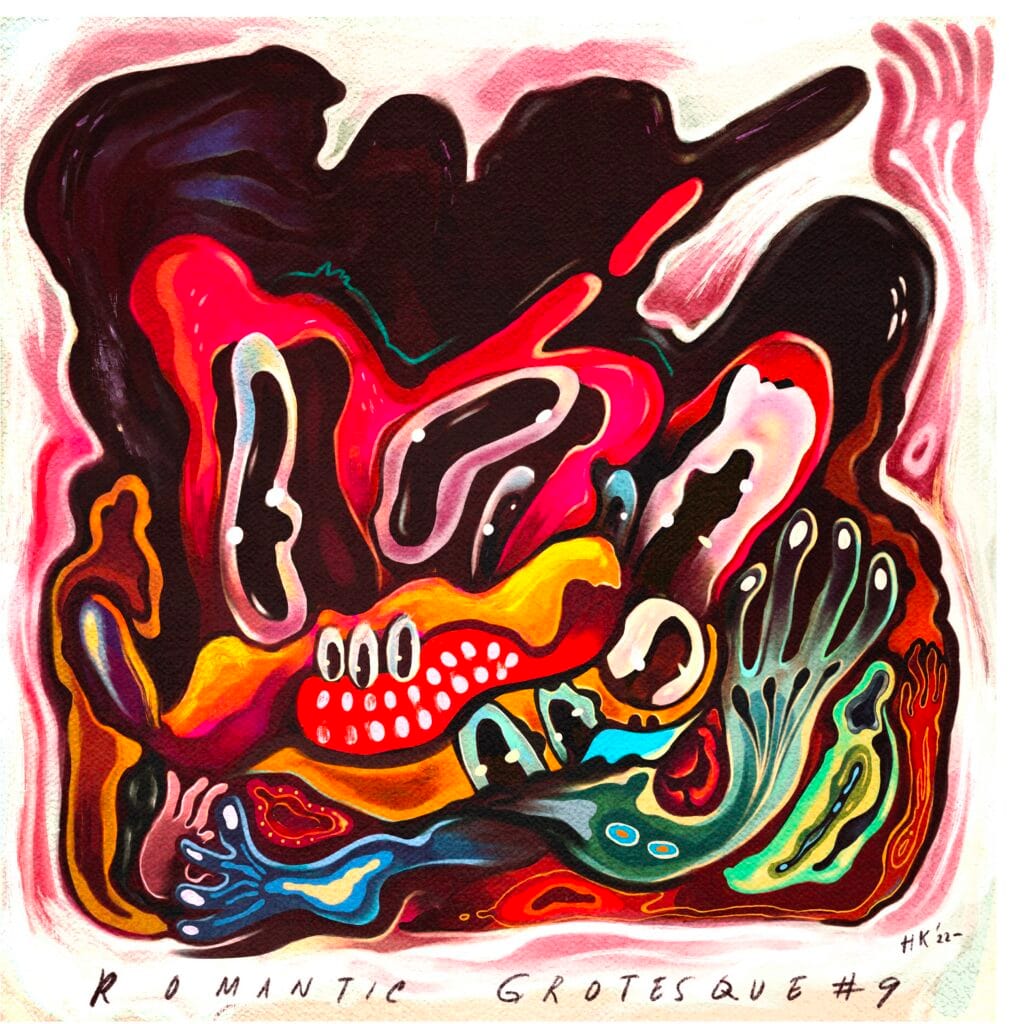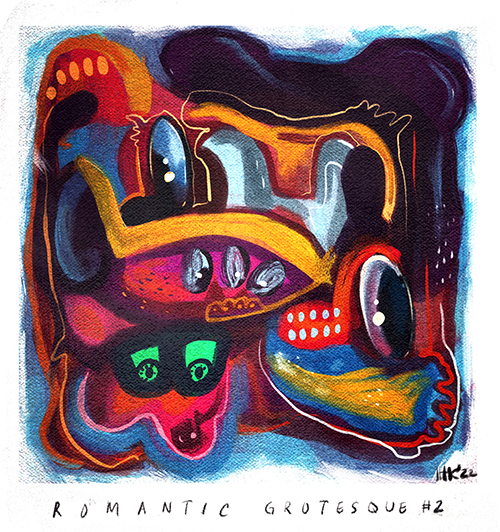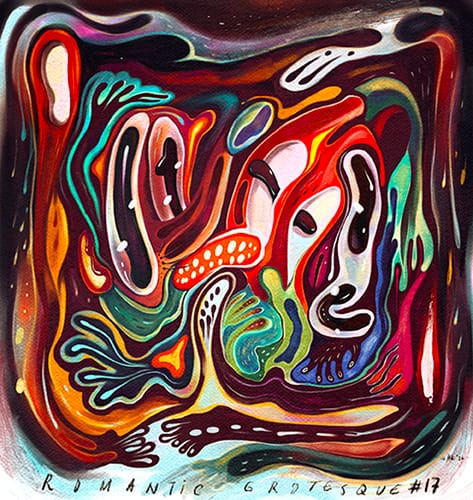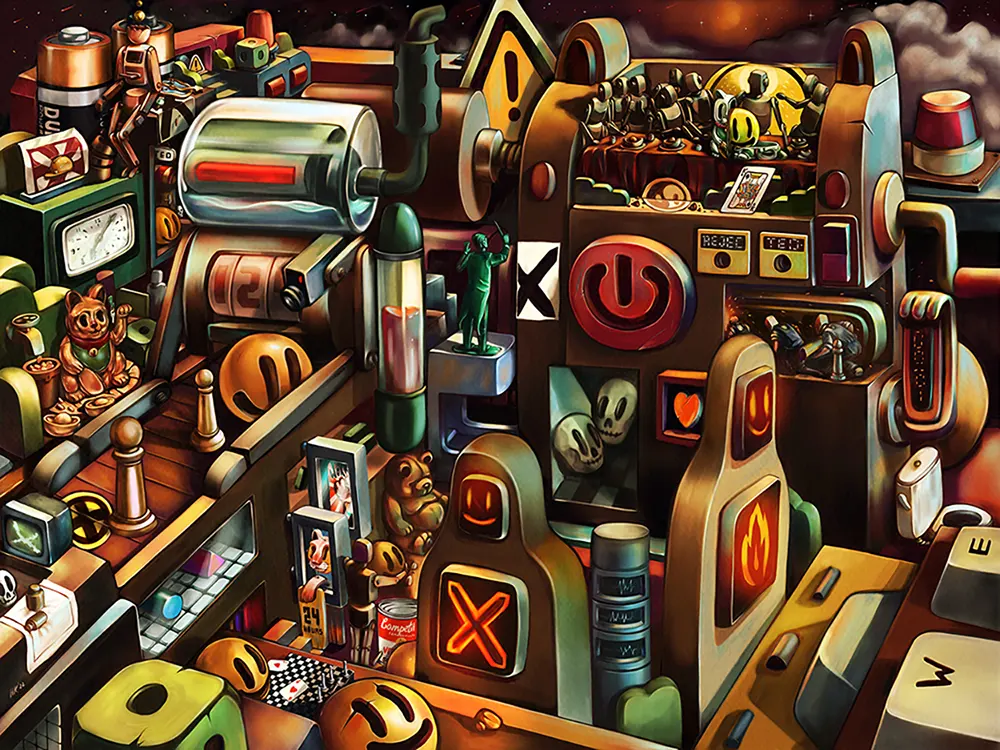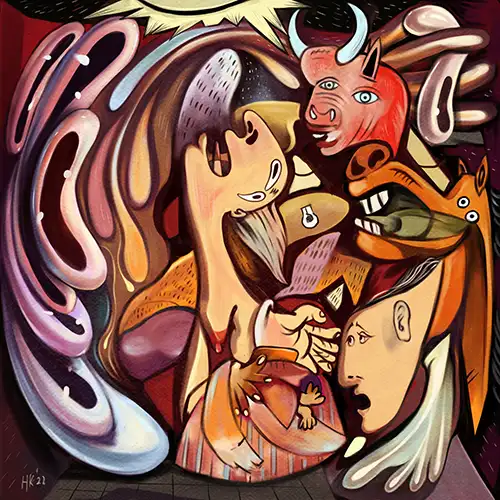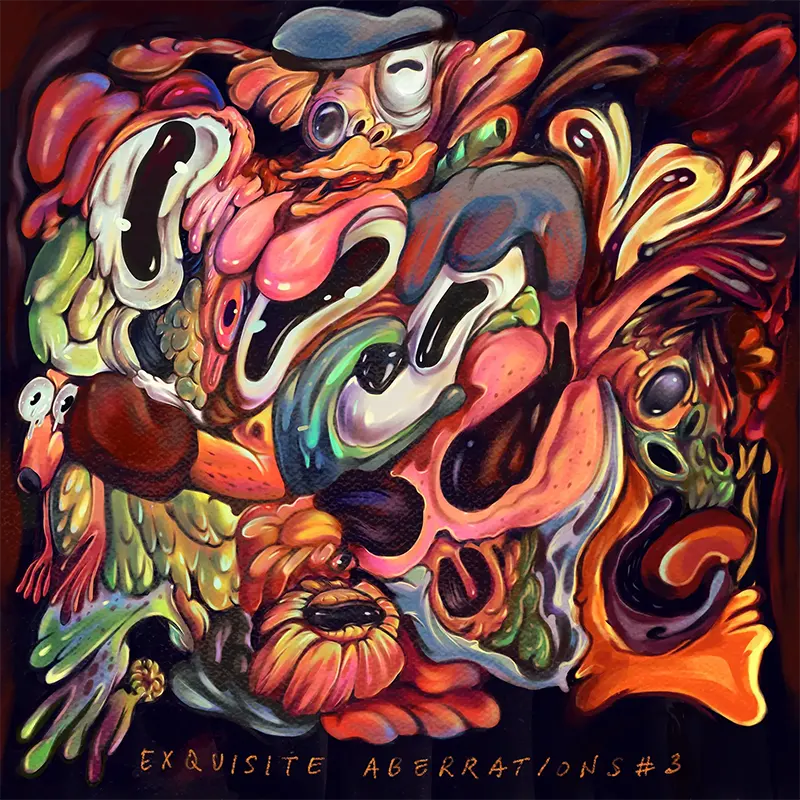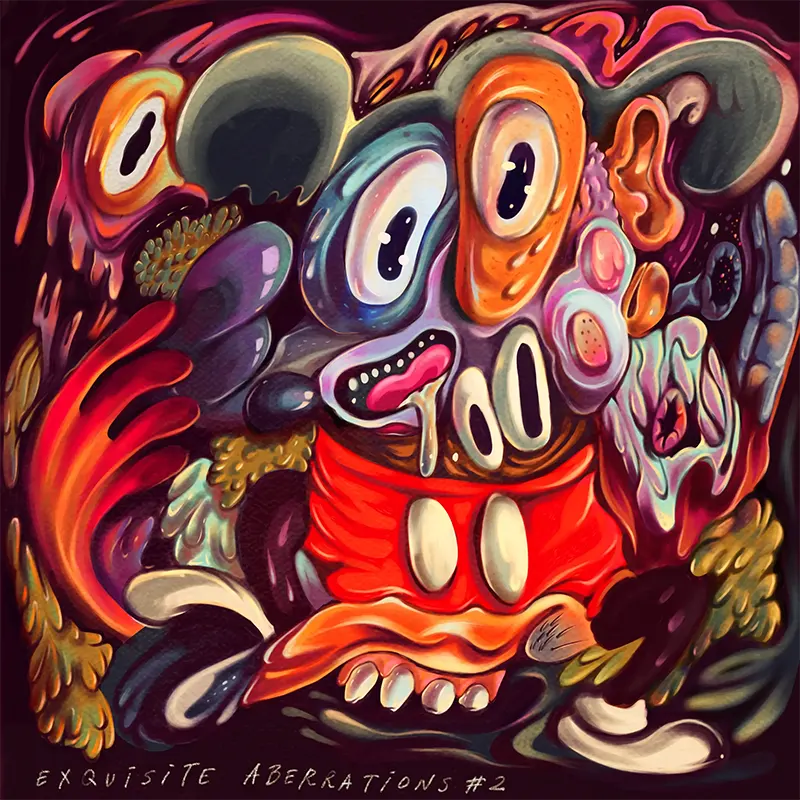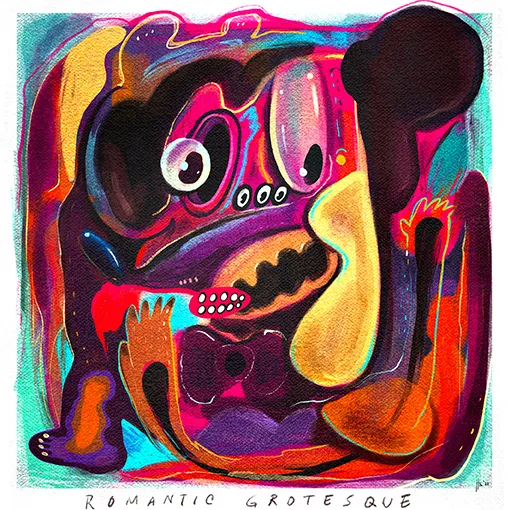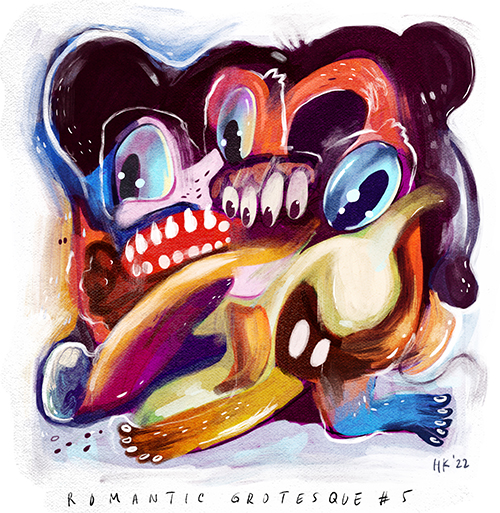
The Rise of Abstract Expressionism in the Contemporary Zeitgeist
From catharsis to formalism: tracing the inner language of art
Abstract Expressionism: From Pure Form to Inner Release
The contemporary era, marked by the rise of Jackson Pollock, Mark Rothko, and Lee Krasner, witnessed the unfolding of a new trajectory in abstract art. Movements once aligned with Expressionism gradually merged with the abstract, giving birth to Abstract Expressionism. Abstraction has often been understood as the purest form of art — a fundamental act of creation that neither depends on nor imitates the natural world. Instead, it opens vast spaces of interpretation, where the artwork resists a singular message and instead invites viewers to project their own experiences and meanings onto it.
Interpretation may arise from color, from the stroke of the brush, or from the composition itself. Color, perhaps, is the most personal: red may evoke anger and suffering for some, yet for others it embodies festivity, joy, or excess. These emotions intensify when color intermingles with gesture, when strokes converge with other hues and forms. In this way, the formal elements of painting become catalysts, meeting the backgrounds and perspectives of its audience to complete the work.
Whatever the result of interpretation, validation from the audience is no longer of primary importance to the artist. What matters is that the work exists — that it carries the weight of emotion and allows the artist to release what was once locked inside. This release is what we call catharsis. From the Greek word meaning purification or cleansing, catharsis refers to the unburdening of repressed emotions, leaving the artist with a sense of relief and clarity.
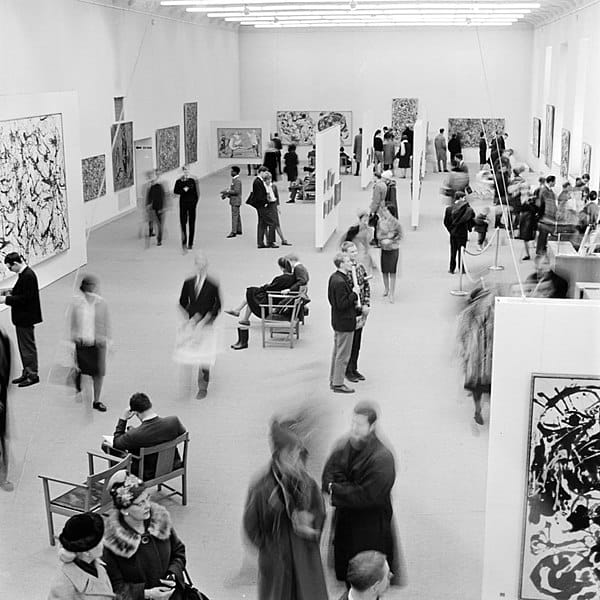
Jackson pollock exhibition photo . Source :
| Uploaded a work by Lindgren, Herbert (1919–1987), Stockholms stadsmuseum from https://stockholmskallan.stockholm.se/post/18285 with UploadWizard |
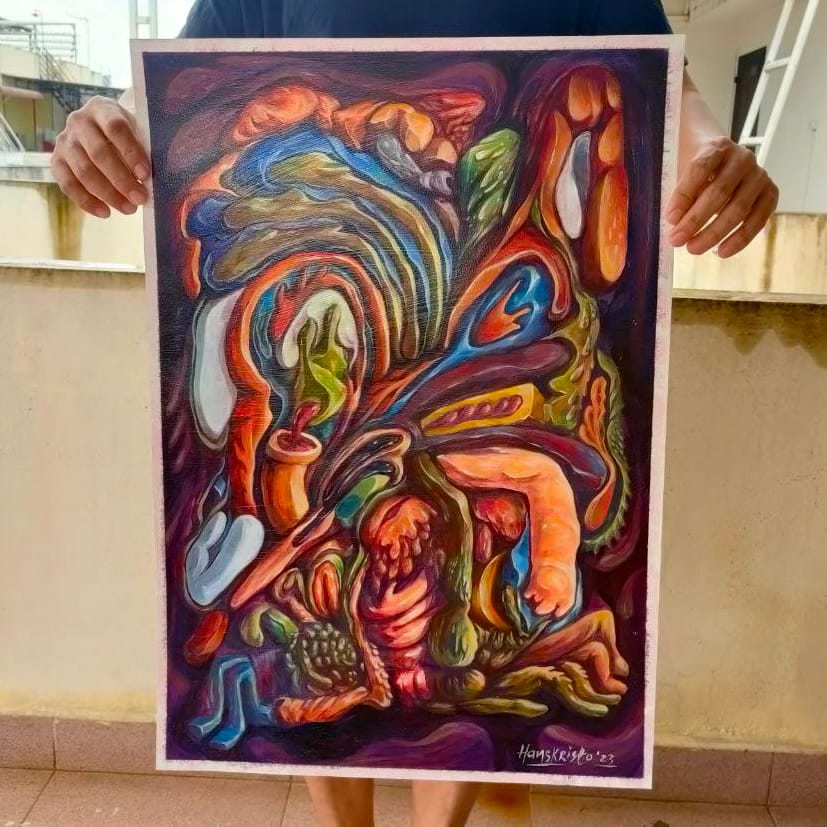
Between Silence and the Scream
In this sense, the evolution of art can also be traced through its purpose. Abstract art is often described as a turning point where art exists for its own sake — art for art’s sake. It no longer seeks validation through external reference but turns inward, focusing instead on the intrinsic variables of painting — composition, color, stroke, medium, contrast, saturation, and beyond. This development is what we recognize as formalism, where the essence of art is found within its own language and elements rather than in external narratives.
Moving from abstraction to its emotional counterpart, Expressionism is the scream beneath the surface — art that refuses to be silent. It does not ask whether a form is accurate or real; it asks whether it trembles with feeling. Shapes are twisted, colors collide, contrasts erupt, all to make visible the storm within the artist’s soul. To stand before Munch or Schiele is to witness raw humanity laid bare, where beauty lies not in perfection but in intensity.
" Expressionism is the scream beneath the surface, where beauty lies not in perfection but in intensity. "
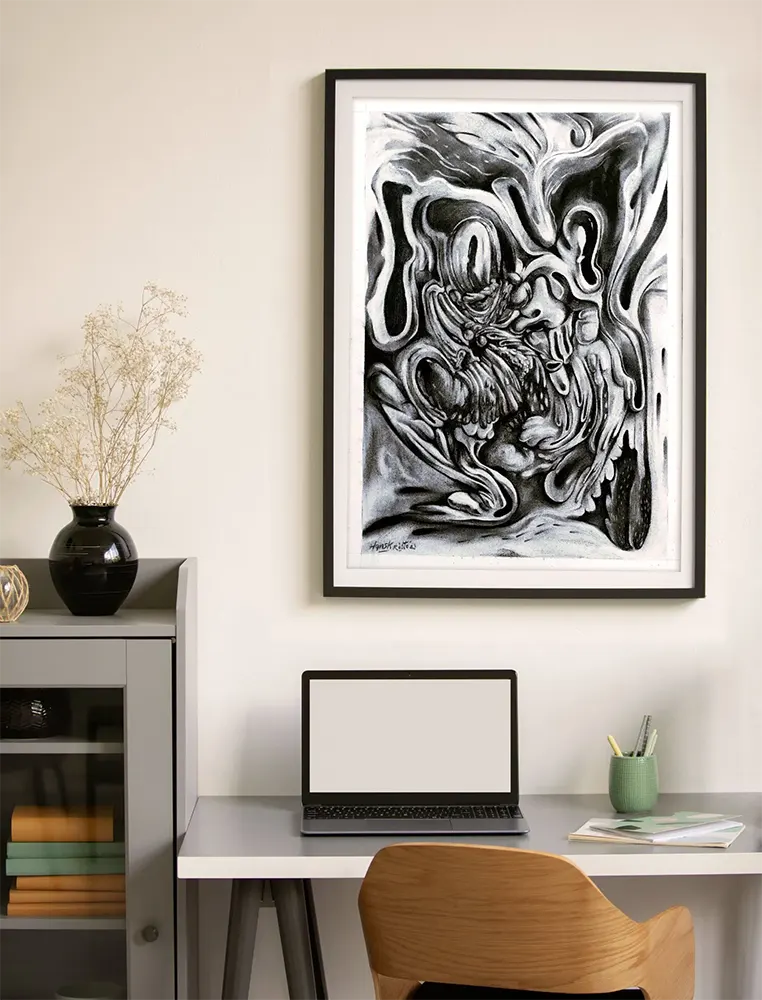
Yet no artistic movement ever appears in isolation; each is always a response to the cultural forces of its time — what we call the zeitgeist, the spirit of an age.
Abstract Expressionism Reimagined in the Contemporary Zeitgeist
In the present, contemporary art today finds itself in an era of deconstruction, where rigid conventions of form are dismantled to make space for unexpected movements. Eclectic tendencies surface as well — traditional motifs reappear, often stripped of their philosophical depth and rewrapped in the language of popular culture, embodying an instant aesthetic that privileges surface over substance.
Amidst this landscape, a renewed wave of Abstract Expressionism has emerged. This movement fuses the purity of abstraction with the rawness of emotion, producing works that appear unapologetically direct: spontaneous strokes, distorted forms, and vivid contrasts of color that speak to sincerity rather than refinement.
Yet no artistic movement ever appears in isolation; each is always a response to the cultural forces of its time — what we call the zeitgeist, the spirit of an age. This awareness reminds us that art is never detached but always in conversation with history. It is within this framework that we recognize art as a call of its era, something to be acknowledged and celebrated. As the saying goes, “every age has its people, and within every person, there is an age.” From this conviction we believe that new, great artists will inevitably emerge from these movements, carrying the voice of their time.
At the same time, movements such as Pop Surrealism remind us that the language of art never remains stagnant, but continually evolves in dialogue and dialectic with popular culture. Born from a cross-pollination of lowbrow aesthetics, comic imagery, and surrealist sensibilities, Pop Surrealism offers a blend of visual play and social critique. Like Abstract Expressionism, it emerges as an emphasis on emotional honesty; like Surrealism, it delves into the subconscious and the imaginary. Yet it also reflects the visual flood of contemporary life — cartoons, advertisements, and mass culture icons re-presented in dreamlike, fantastical, and often unsettling ways. It is also a critique of the excessive visuals that saturate our contemporary era. In this sense, Pop Surrealism can be seen as a cultural barometer, capturing the zeitgeist of an age where fantasy and consumerism collide. Thank you for following this reflection. In the spirit of culture, I send my regards.
